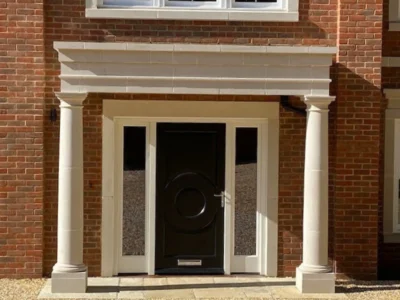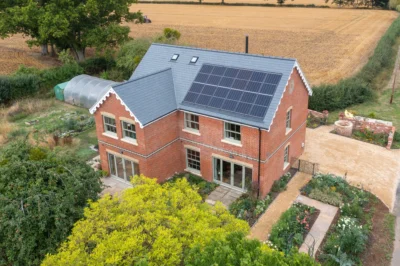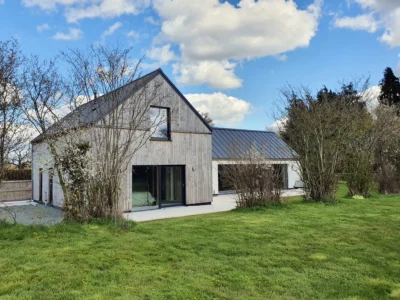From a family area for children to play in, through to a stunning zone for entertaining guests and everything in between, here’s what you need to know to design a summer-ready space.
Before you begin
Getting the preparation right is key to ensuring a successful outdoor living project. Here’s how to understand planning and site conditions:
- “Adding decking and/or patios to your home is likely to fall within permitted development (PD), so you won’t normally need formal planning,” says Build It expert Mike Dade. “The tricky bit is that a raised platform isn’t PD, so the line where decking ends and a raised platform begins can be hard to pin down (usually higher than 0.3m, according to PD rights for householders: technical guidance).”
- “Firstly, clear out weeds and any roots that could cause issues down the line. You’ll need to remove turf and topsoil to a depth of 15cm to lay foundations,” says Lee Dunderdale from Bradstone. “With patios, it’s important to build in a slight slope so the rainwater can run off to the lawn and not create puddles.”
- “It’s essential to install adequate support for any raised decking to avoid a potential hazard,” says Stefan Holmes from Millboard. “The flooring needs to cater for more than just the number of people living in the house.”
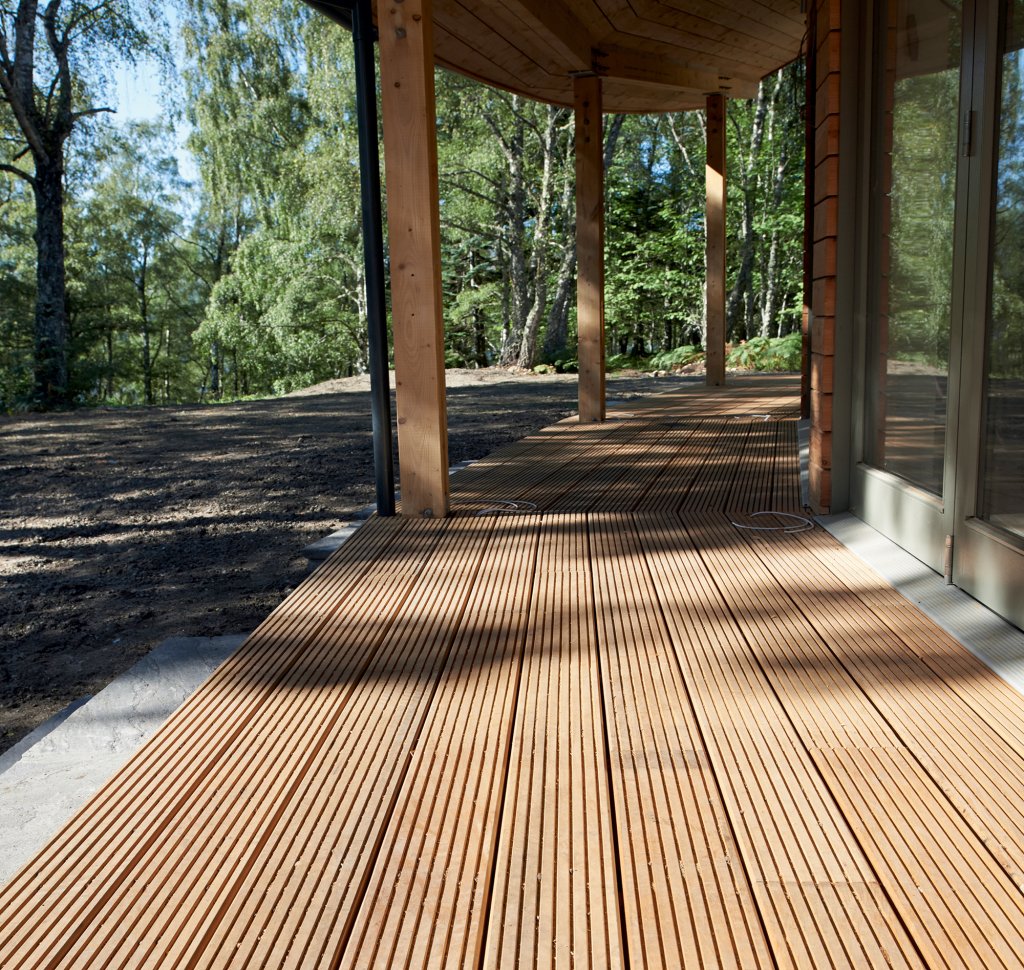
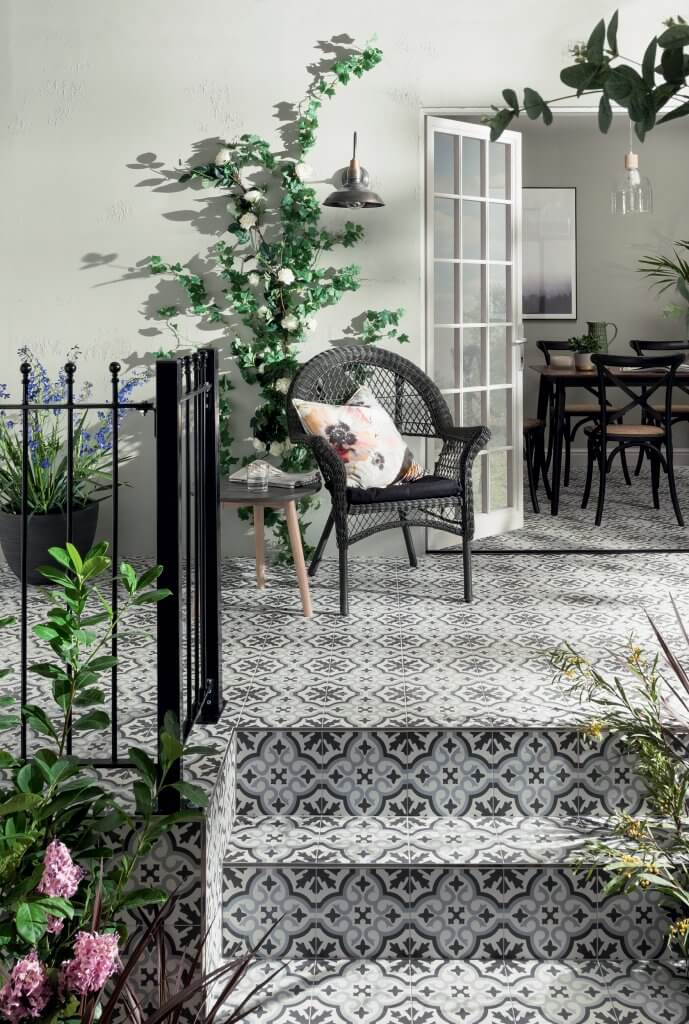
Designing your outdoor area
How you plan to use the space will have a huge bearing on the look you settle for. Hard surfacing offers greater versatility in terms of mixing the patio with planting, while raised decks work well for zoning different levels without paving over too much land.
- “Pay attention to the differences between points in your garden. Take into account the proximity to neighbours, the view and how your scheme will fit with the existing planting,” says Lee. “Sunlight is an important factor, too, as you’ll want a mix of light and shaded spots.”
- “Consider the size of the space you are working with and the overall feel you want to go for,” says Sian O’Neill from Topps Tiles. “Compact areas can carry bold tile designs, although I recommend opting for complementary neutral colours alongside to ensure the zone doesn’t feel too enclosed. Use them as feature details in large patios.”
- “Matching decking with timber wall cladding has become a popular choice for self builders who are keen to follow modern trends,” says Claire Howie from Russwood. “This creates a uniform look across the scheme. Ordering both products at the same time will ensure a consistent aesthetic and reduce transport costs.”
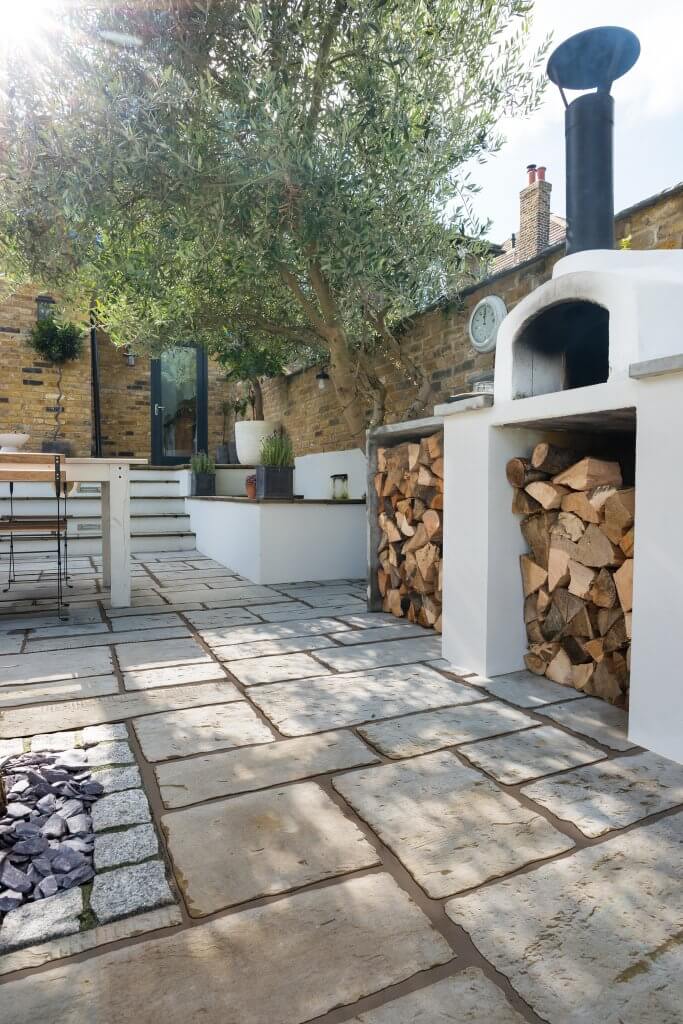
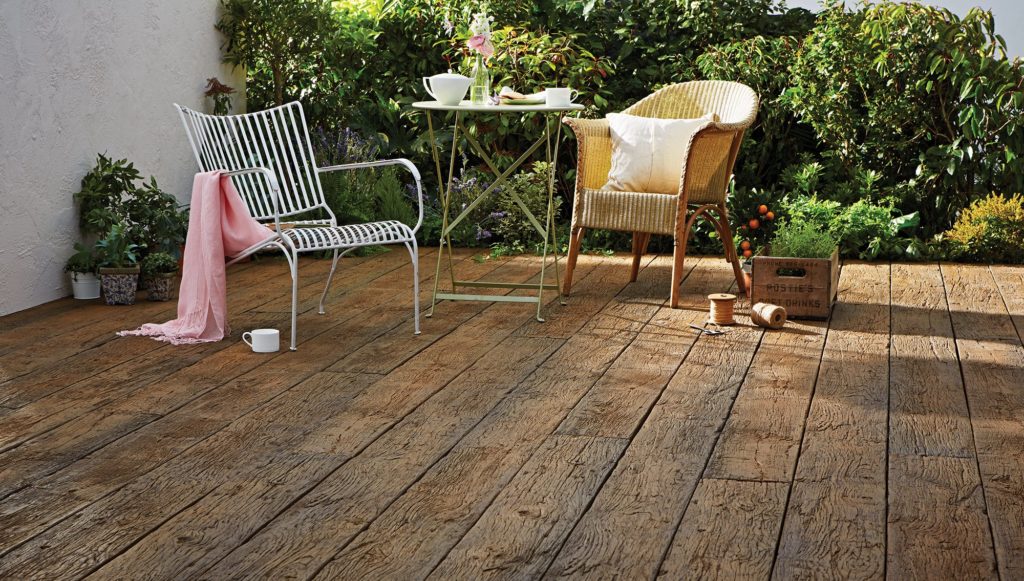
Source it: Find Millboard decking products in the Build It Directory
Choosing materials
Aesthetics play an important role in materials selection, whether you’re focusing on colour, pattern or texture. But there are also some practicalities to consider, such as safety, durability and maintenance.
- “For decking, you should think about sustainability and ask whether the product contains
FSC-certified timber,” says Dom Harrison from Composite Prime. “Ours is made of recycled plastic and end of life timber from the hardwood flooring industry.” - “We have come a long way from the days when patio spaces simply featured square sandstone or grey coloured slabs,” says Sian. “Bold patterned tiles, for instance, have really come into their own over the last couple of years thanks to frost-resistant and non-slip properties.”
- “Composite decking is a good low-maintenance alternative, as it only requires the occasional scrub with a stiff brush, soap and water,” says Stefan. “A light jet wash will remove the most stubborn bits of dirt.”
- “Think about who will be using the zone and for what purpose. For example, products with anti-slip properties are a good option for households with children to reduce the risk of falling,” says Claire. “The likes of brushed Thermopine hve a slightly rougher surface finish, giving innate anti-slip features.”
- “Wood-effect porcelain doesn’t have the same slip hazards of real wood,” says Lee. “It also boasts incredible durability, as it’s resistant to staining unlike other options.”
- “Choosing a capped composite deck – which has an additional polymer layer – minimises maintenance,” says Dom. “The capping will be unaffected by the likes of BBQ grease and red wine stains, for instance.”
- “Timber options must be correctly detailed to allow for sufficient ventilation so that the wood does not rot,” says Claire. “To avoid issues with pests, the space below the decking should be left open, free of vegetation and covered with a non-organic material.”
Budgeting for your project
Landscaping is often the last part of a scheme to get done, but failing to plan it properly in advance will increase the risk of delays and cost overruns.
- “Decking shouldn’t be an afterthought,” says Claire. “By considering your options early in the design process and giving the same care to the detailing of the decking as you would to timber cladding, you’ll achieve results that are long lasting and offer value for money.”
- “Self builders should consider the overall project cost, including tools, materials and installation in advance as it can all quickly add up,” says Stefan. “Instead of going for a low-cost deck material such as softwood, it’s better to save up, recharge your funds and wait until you can afford good-quality products. This will be more efficient in the long term as the ongoing maintenance costs will be considerably lower. Another option is to consider going for a smaller zone with a higher end product.”
- “If you have a large garden but opt for a compact area of hard landscaping, you can mix things up by adding extra detailing elsewhere,” says Lee. “For instance, stepping stones can bring interest and character to your scheme at an affordable price of around £5 each.”

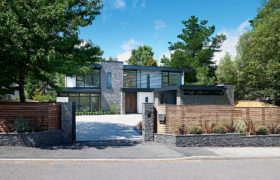
































































































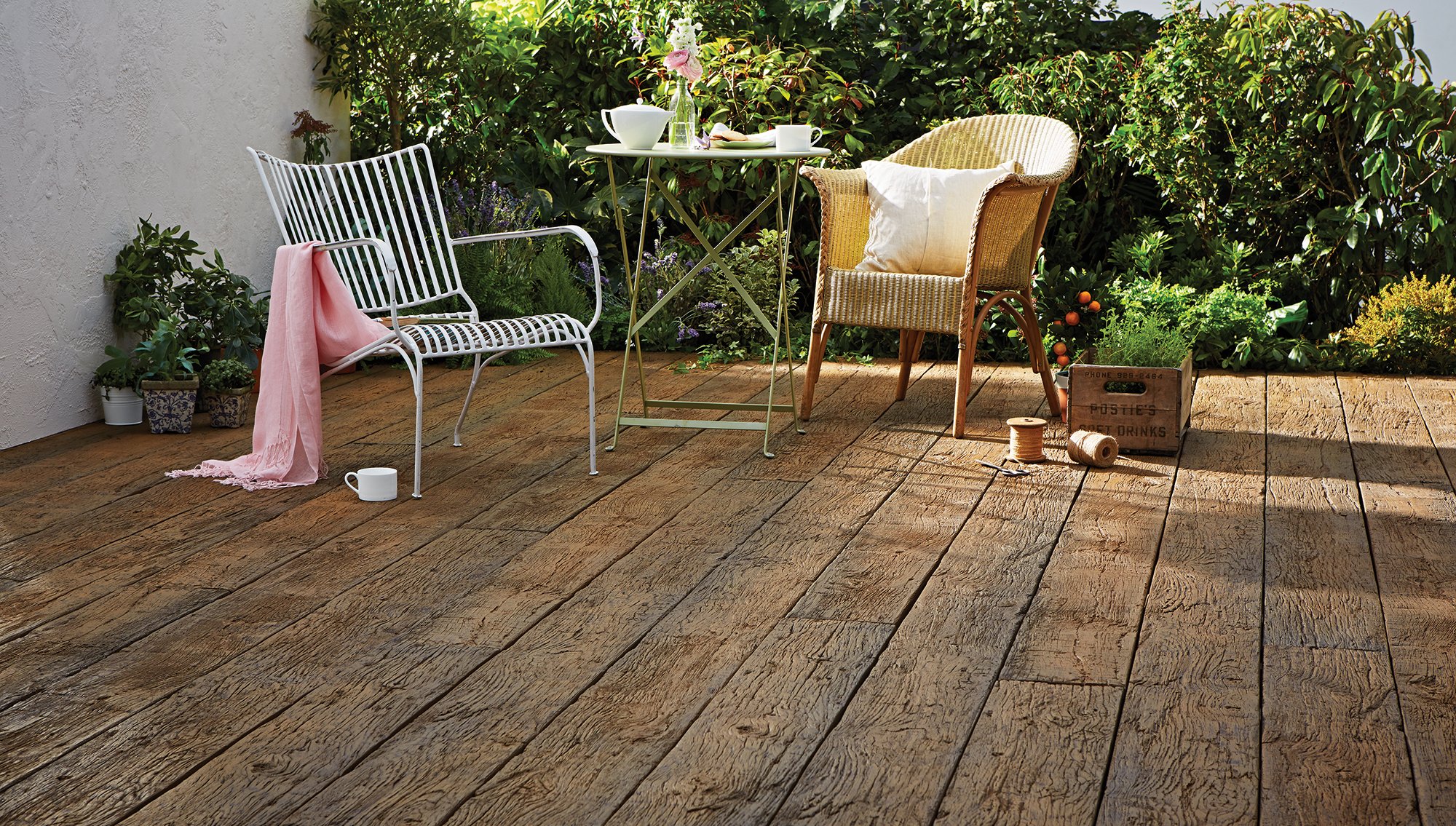
 Login/register to save Article for later
Login/register to save Article for later





